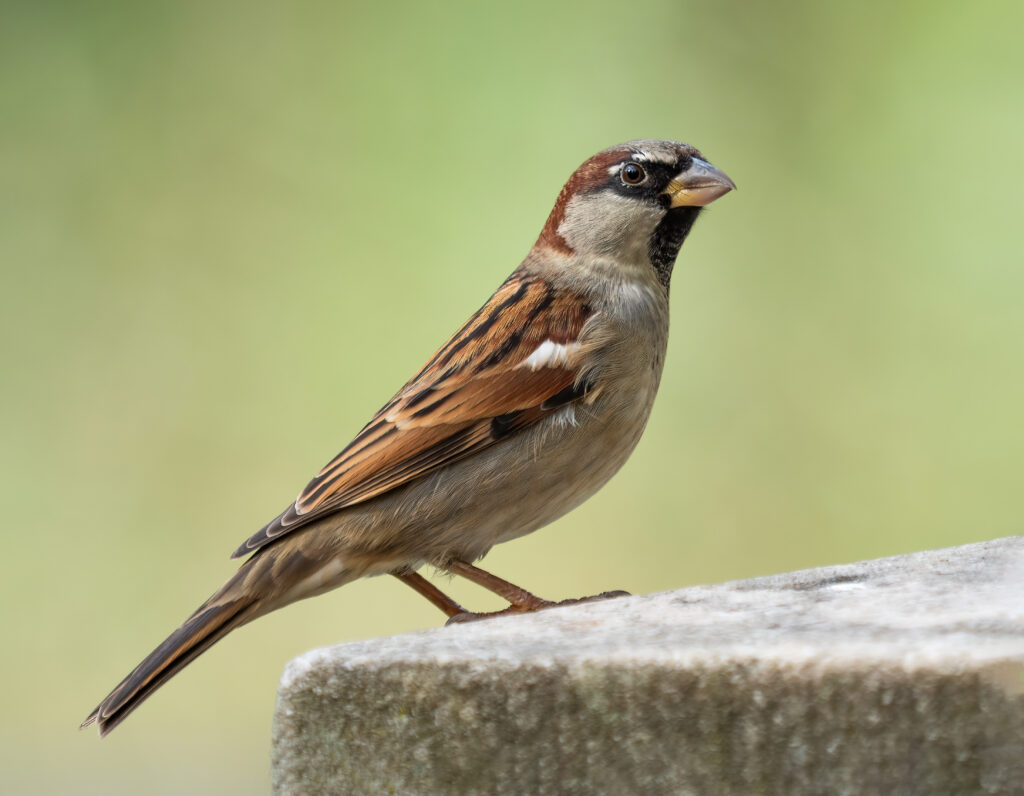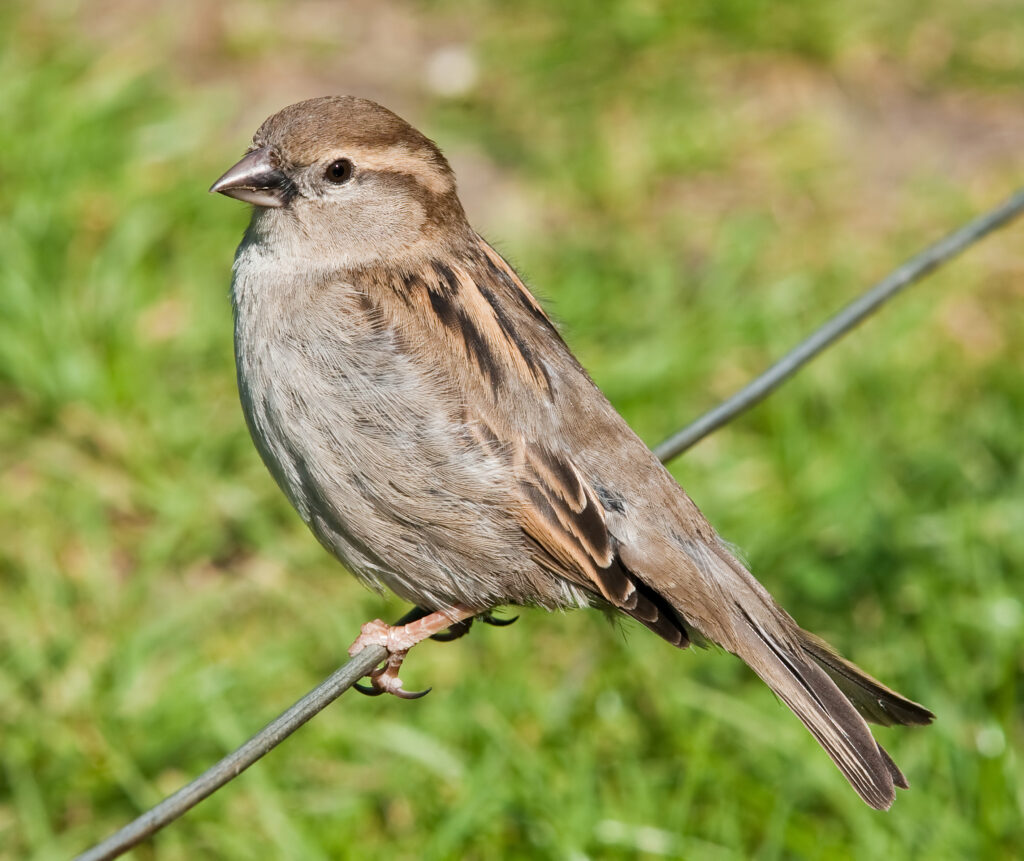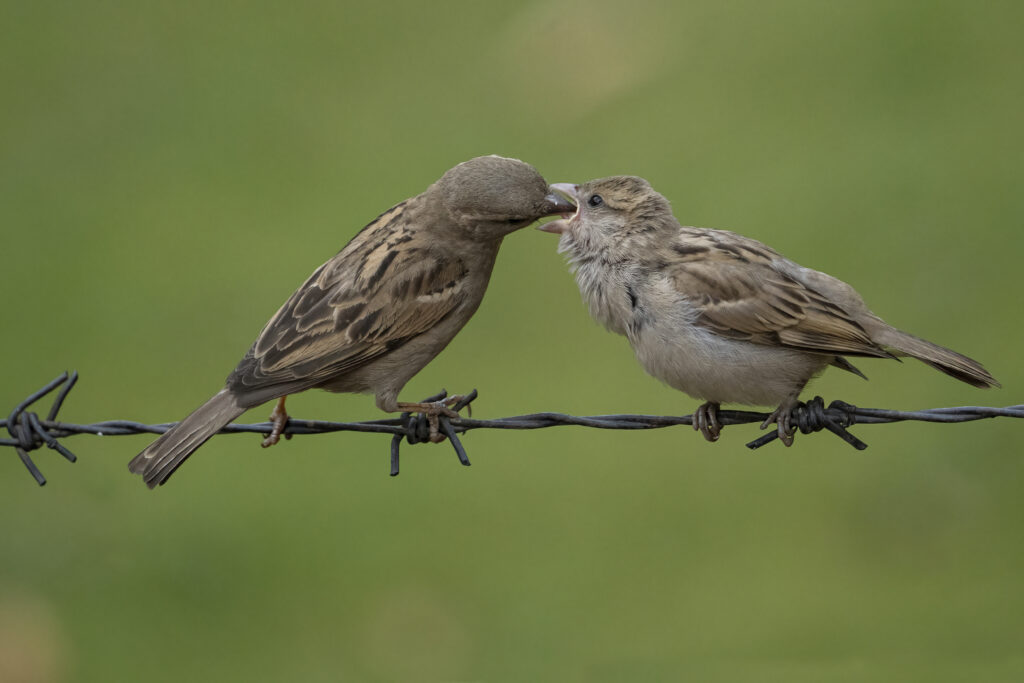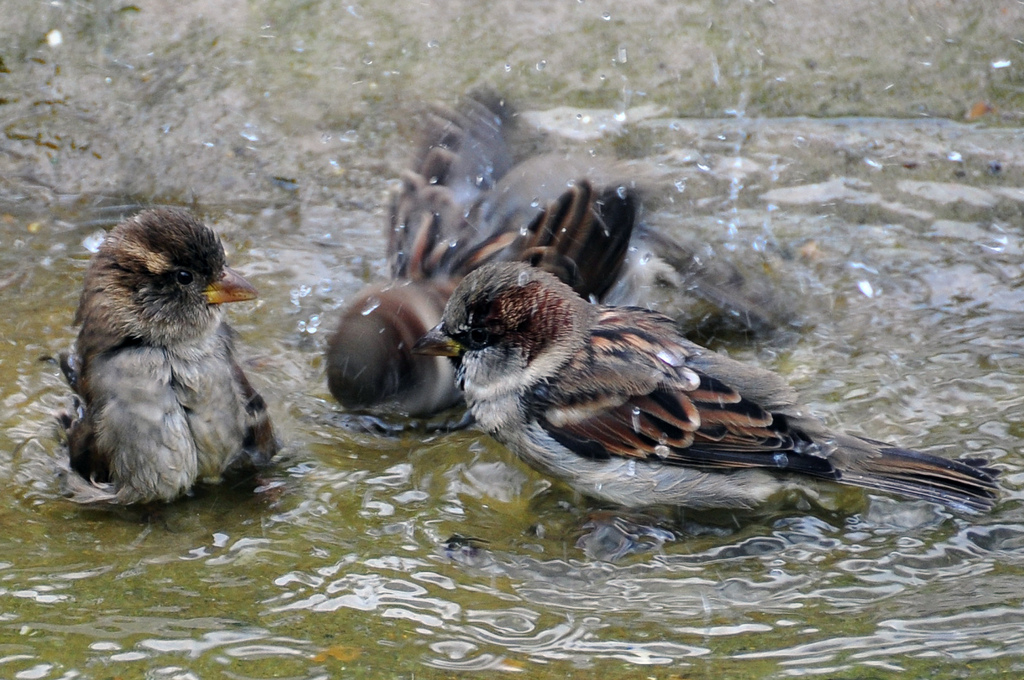A Closer Look at an Oft-Overlooked Feathered Friend
The house sparrow (Passer domesticus) is a small, unassuming, non-migratory bird with a global presence. Its widespread distribution — coupled with its readily observable behavior — makes it an ideal subject for birdwatchers of all levels. Let’s explore this little guy’s world.

Photo By Rhododendrites – Own work, CC BY-SA 4.0,
https://commons.wikimedia.org/w/index.php?curid=125462845
Found Almost Everywhere
The house sparrow’s geographic range is truly impressive. Originally native to Europe, North Africa and parts of Asia, it has spread across the globe, establishing itself on every continent except Antarctica.
This remarkable expansion is largely attributed to human activity: the bird has long thrived in close proximity to human settlements, taking advantage of readily available food and nesting sites provided by human infrastructure.
Preferred Surroundings
When it comes to habitat, the house sparrow exhibits remarkable flexibility. It readily adapts to a wide range of environments, from bustling city centers to quiet villages, and from farmland to suburban gardens. Its preference for human-modified landscapes highlights its ability to exploit resources created by human activity. It favors areas with readily accessible food sources and sheltered nesting sites, often nesting in cavities within buildings, under eaves or in dense vegetation.
Taking Its Measure
The house sparrow is a relatively small bird. Typically, they measure between five and six inches in length with a wingspan of seven to nine inches. They have a stout, rounded body, short tail and large, conical beak.

Photo By Diliff – Own work, CC BY-SA 3.0,
https://commons.wikimedia.org/w/index.php?curid=6865740
Plumage is predominantly brown and grey, with males being somewhat more striking. Males have a nut-colored breast, grey crown and black bib, while females have a more subdued, streaky brown coloration. This sexual dimorphism is a common feature in many bird species, facilitating mate recognition and selection.
Family Time
The house sparrow’s mating, nesting and breeding habits are complex and socially structured. Breeding typically occurs in spring and summer, with males establishing territories and engaging in elaborate courtship displays to attract females. Nests are usually built in cavities or sheltered locations, often utilizing a variety of materials, including twigs, straw and feathers.

Photo By Prasan Shrestha – Own work, CC BY-SA 4.0,
https://commons.wikimedia.org/w/index.php?curid=107114299
Females lay clutches of four to six eggs, which are incubated for approximately 12 to 14 days. Both parents participate in feeding and caring for the young, which fledge after about two weeks. Multiple broods may be raised in a single breeding season.
A Varied Diet
The house sparrow’s diet is omnivorous and highly opportunistic. It consumes a wide range of seeds, grains, fruits and insects, readily adapting its diet to the available resources. In urban environments, it frequently scavenges for discarded food scraps, further highlighting its ability to thrive in human-dominated landscapes.
Signature Behaviors
House sparrows exhibit some notable common behaviors. They are highly social birds, often forming flocks of several hundred. Nests are often clumped together during breeding season. They are also known for their aggressive territorial behavior, particularly during the breeding season, with males fiercely defending their territories from rivals. Dust bathing is a favorite activity, and house sparrows typically sleep with the bill tucked underneath the scapular feathers.
Easy to Find
For birdwatchers, finding house sparrows is rarely a challenge. They are abundant in most populated areas, frequenting gardens, parks, farmland and even city centers. Simply looking for small brown birds flitting around buildings, feeding on the ground or perched on wires will usually yield results.

Photo By Christian, CC BY-SA 2.0,
https://commons.wikimedia.org/w/index.php?curid=7891154
Invite Them to Your Place
Attracting house sparrows to your yard is relatively straightforward. Providing a source of food — such as birdseed, grains or suet — and offering nesting materials like twigs or straw will encourage them to settle in your garden. A bird bath can also provide a vital source of drinking water, especially during hot weather.
* * * * * * * * * * * * * *
So there you have it. The house sparrow — while often taken for granted — offers a compelling case study in the remarkable capacity of a species to adapt and thrive in a world increasingly shaped by human activity. Take some time to appreciate this little guy the next time you see one.
By Steven Roberts



